Are your email campaigns falling flat? Struggling to engage your subscribers and drive conversions? Look no further than GetResponse, the ultimate solution to boost your email marketing efforts. With its advanced features including email automation, landing pages, webinars, and advanced analytics, GetResponse empowers you to create highly targeted and personalized campaigns that deliver results.
In this article, we will dive deep into the world of email marketing and explore how GetResponse can take your campaigns to new heights. From understanding email metrics and crafting compelling subject lines to optimizing send times and designing visually appealing emails, we will cover all the essential strategies and techniques to drive engagement and maximize conversions.
Get ready to revolutionize your email marketing game with the power of GetResponse. Are you ready to unlock the secrets to skyrocketing your open rates, increasing click-throughs, and generating more revenue? Let’s get started!
Key Takeaways:
- GetResponse offers a wide range of advanced features to supercharge your email campaigns.
- Understanding email metrics is crucial for measuring the success of your campaigns and making data-driven decisions.
- Compelling subject lines, optimized send times, and visually appealing design are key elements for capturing your subscribers’ attention.
- Revamping your call to action (CTA) copy and incorporating trust signals can significantly boost engagement and conversions.
- Effective audience segmentation and setting the right expectations are vital for maintaining a healthy subscriber base.
Understanding Email Marketing Metrics with GetResponse
In this section, we will delve into the important email marketing metrics and how they can affect your campaigns. Email marketing metrics provide valuable insights into the performance and effectiveness of your email campaigns. By understanding these metrics, you can make data-driven decisions to optimize your campaigns and achieve better results.
What Are Email Open Rates?
Email open rates measure the percentage of recipients who open your emails. It is an essential metric that indicates the success of your subject lines and the relevance of your content. Higher open rates generally indicate that your subscribers are engaged and interested in your emails. Monitoring and improving email open rates can greatly impact the effectiveness of your email campaigns.
How Click-Through Rates Impact Your Campaigns
Click-through rates (CTRs) measure the percentage of recipients who click on a link within your email. It reflects the level of engagement and interest your email content generates. A high click-through rate indicates that your emails are compelling and driving recipients to take further action, such as visiting your website or making a purchase. Tracking and optimizing click-through rates can significantly boost the success of your email campaigns.
Managing Unsubscribe and Complaint Rates
Unsubscribe rates and complaint rates are metrics that measure the number of subscribers who choose to opt out or report your emails as spam. While it’s natural to experience some unsubscribes and complaints, managing these rates is crucial to maintain a healthy email list and sender reputation. Implementing effective list hygiene practices and providing valuable content can help reduce unsubscribes and complaints.
To effectively monitor and analyze these email marketing metrics, it’s essential to use a reliable email marketing platform like GetResponse. GetResponse offers advanced analytics and reporting features that provide comprehensive insights into your campaigns. With these insights, you can make data-driven improvements and optimize your email marketing strategy.
Now that we’ve covered the key email marketing metrics, let’s move on to the next section where we will discuss the art of creating engaging subject lines.
Creating Engaging Subject Lines
In this section, we will explore the art of creating engaging subject lines for your emails. A captivating subject line is crucial for grabbing the attention of your subscribers and enticing them to open your emails. Let’s dive into some strategies to make your subject lines irresistible.
Tapping Into Audience Psychology
Understanding the psychology of your audience is key to crafting subject lines that resonate with them. Consider their motivations, desires, and pain points. Tailor your subject lines to evoke emotion and curiosity, encouraging your subscribers to click through and discover more.
Utilizing Emojis and Numbers
Emojis and numbers can be powerful tools in attracting attention and making your subject lines stand out in a crowded inbox. Emojis add a touch of personality and playfulness, while numbers create a sense of specificity and urgency. Experiment with different combinations to find what resonates best with your audience.
| Emojis | Subject Line Examples |
|---|---|
| 😃 | Don’t miss out on the most exciting event of the year! 🔥 |
| 😎 | 5 proven strategies to triple your conversions 🔥 |
| 🙂 | Hurry, limited-time offer inside! 🔥 |
By incorporating emojis and numbers into your subject lines, you can captivate your audience and increase open rates. Remember to A/B test different variations to determine which ones resonate best with your subscribers.
Maximizing Preheader Text Significance
In email marketing, the subject line is crucial for grabbing attention and encouraging recipients to open your email. However, it’s equally important not to overlook the significance of the preheader text. The preheader text, also known as the preview text, is the snippet of text that appears next to or below the subject line in the email preview pane.
To maximize the impact of your preheader text, it’s essential to complement and enhance the subject line. Use the preheader text as an extension of the subject line, providing additional context or a teaser of what’s inside the email. This entices recipients and makes them more likely to open the email to discover more.
Highlighting your unique offer in the preheader text is another effective strategy. Consider the main selling point or value proposition of your email and convey it concisely in the preheader. This creates a sense of urgency or curiosity, compelling recipients to open the email to learn more and take advantage of the offer.
For example, if you’re running a limited-time discount promotion, your subject line might be:
“Last Chance! Get 20% Off Today”
In the preheader text, you can expand on the offer and create a sense of urgency:
“Save big on your favorite products with our exclusive 20% discount. Don’t miss out, this offer ends tonight!”
By strategically utilizing preheader text to complement the subject line and highlight your unique offer, you can significantly increase open rates and drive engagement with your email campaigns. Craft compelling and attention-grabbing preheader text, and watch your email marketing success soar.
| Benefits of Maximized Preheader Text Significance | How to Achieve It |
|---|---|
|
|
Optimizing Send Times for Maximum Engagement
In order to maximize the engagement of your email campaigns, it is crucial to optimize the send times of your emails. By sending your emails at the right time, you can ensure that they are seen and acted upon by your target audience, leading to higher open and click-through rates. To determine the best send times for your audience, it is important to take into account their behavior and preferences.
One strategy for optimizing send times is to analyze the data from your previous email campaigns. Look for patterns and trends in open and click-through rates based on the time and day of the week that your emails were sent. This data can provide valuable insights into when your audience is most likely to engage with your emails.
Another approach is to conduct A/B testing by sending the same email to different segments of your audience at different times. This allows you to compare the performance of the emails and identify the optimal send times for maximum engagement. Keep in mind that the results may vary depending on factors such as the nature of your business and the demographics of your audience.
It is also essential to consider the time zone of your audience. If you have a global audience, segmenting your email list based on different time zones and sending emails accordingly can significantly improve engagement rates. Tools like GetResponse provide features that allow you to schedule your emails based on the recipient’s time zone, making it easier to optimize send times.
By optimizing the send times of your emails, you can increase the likelihood of reaching your audience when they are most receptive, resulting in higher open and click-through rates. Take the time to analyze your audience’s behavior, conduct A/B testing, and consider time zone differences to fine-tune your email campaigns for maximum engagement.
Designing Your Emails for Clarity
When it comes to email design, clarity is key. Creating visually appealing and easy-to-read emails not only enhances the overall user experience but also increases the chances of recipients taking the desired action. In this section, we will explore two important aspects of email design: employing negative space and focusing on the main call to action.
Employing Negative Space
Negative space, also known as white space, refers to the empty areas in your email design. It allows for better visual organization and helps to draw attention to the key elements of your message. By strategically using negative space, you can create a clean and uncluttered design that guides the reader’s eye to the most important parts of your email.
Notice how the use of ample negative space around the text and images makes the content more readable and visually appealing. It creates a sense of clarity and focus, allowing the reader to easily digest the information without feeling overwhelmed.
Focusing on the Main Call to Action
Your main call to action (CTA) is the desired action you want your recipients to take. Whether it’s making a purchase, signing up for a webinar, or downloading a resource, it’s essential to highlight your CTA prominently in your email design. By giving it the spotlight, you can increase the chances of conversions and engagement.
Consider these tips for optimizing your main CTA:
- Make it visually prominent: Use contrasting colors, larger font sizes, or buttons to make your CTA stand out.
- Place it strategically: Position your main CTA above the fold so that it’s immediately visible to recipients when they open the email.
- Use compelling copy: Craft persuasive and action-oriented language that motivates recipients to click on your CTA.
- Limit distractions: Minimize the number of competing elements in the email design to ensure the main CTA remains the primary focus.
By designing your emails with clarity in mind, employing negative space, and emphasizing the main call to action, you can create visually appealing and highly effective email campaigns that drive engagement and generate results.
Revamping Call to Action Copy
In order to increase click-through rates and drive conversions, it is crucial to revamp your call to action (CTA) copy. A compelling and persuasive CTA can motivate recipients to take action, leading to higher engagement and better results for your email campaigns.
Here are some strategies to consider when revamping your CTA copy:
- Create a sense of urgency: Use words and phrases that create a sense of urgency and prompt immediate action. For example, “Limited time offer” or “Don’t miss out!” can encourage recipients to take action without delay.
- Use benefit-oriented language: Clearly communicate the benefits and value that recipients will gain by clicking on your CTA. Focus on the outcome or solution they can expect, such as “Get your free e-book” or “Unlock exclusive discounts.”
- Keep it concise: Make sure your CTA copy is clear, concise, and easy to understand. Use short and impactful phrases that can be quickly processed by recipients.
- Include action verbs: Use strong and compelling action verbs to convey a sense of action and urgency. Examples include “Shop now,” “Download,” or “Register today!”
- Personalize when possible: Tailor your CTA copy to resonate with your specific audience segment. Consider using personalization techniques such as using their name or referencing their preferences to make the CTA more relevant and engaging.
Remember, the goal of your CTA is to encourage recipients to take the desired action. By implementing these strategies and carefully crafting your CTA copy, you can significantly increase click-through rates and drive the desired conversions for your email campaigns.
Incorporating Trust Signals
In today’s digital age, building trust with your audience is essential for the success of your email marketing campaigns. Incorporating trust signals in your emails can significantly enhance credibility and increase engagement. In this section, we will discuss two powerful trust signals that you can leverage: customer testimonials and partner or customer logos.
Leveraging Customer Testimonials
Customer testimonials are a powerful way to showcase the positive experiences of your satisfied customers. Including relevant and authentic testimonials in your emails can help establish trust and credibility, as potential customers see real people endorsing your products or services. Consider highlighting testimonials that specifically speak to the benefits or successes customers have experienced as a result of engaging with your brand. Whether it’s increased productivity, improved results, or exceptional customer support, testimonials provide social proof and inspire confidence in your offerings.
Displaying Partner or Customer Logos
Another effective trust signal is displaying partner or customer logos in your emails. By featuring the logos of well-known and respected brands, you can leverage their authority and reputation to build trust with your audience. If you have partnerships or collaborations with other reputable companies, showcasing their logos in your emails can convey credibility and establish you as a trustworthy business. Similarly, displaying the logos of satisfied customers or industry leaders can further reinforce trust and confidence in your brand.
By incorporating these trust signals in your emails, you can create a sense of reliability and authenticity that encourages recipients to engage with your content and take the desired action. Remember to use customer testimonials and partner or customer logos strategically and sparingly, ensuring they align with your brand identity and resonate with your target audience.
Segmenting Your Audience Effectively
Segmenting your audience is a crucial step in running successful email campaigns. By dividing your email list based on demographics, behavior, and preferences, you can deliver targeted and personalized content that resonates with your subscribers. Effective audience segmentation allows you to tailor your messages to specific groups, increasing engagement, and ultimately, conversions.
There are several strategies and best practices you can implement to ensure effective segmentation:
- Collect relevant data: Start by gathering as much data as possible about your subscribers. This can include information such as location, age, gender, purchase history, website activity, and email engagement. The more data you have, the more accurate and detailed your segments can be.
- Use segmentation tools: Take advantage of email marketing platforms, like GetResponse, that offer built-in segmentation tools. These tools make it easy to create segments based on predefined criteria or custom rules, saving you time and ensuring accuracy.
- Set clear goals: Define the objectives you want to achieve with your segmented campaigns. Whether it’s to increase sales, nurture leads, or re-engage inactive subscribers, having clear goals will guide your segmentation strategy and help you deliver the right content at the right time.
- Test and refine: Continuously monitor and analyze the performance of your segmented campaigns. Test different segment criteria, messaging strategies, and content formats to identify what works best for each segment. Use the insights gained to refine your segments and optimize future campaigns.
- Stay updated: Regularly update your segments as your subscribers’ preferences and behaviors change. Keep track of new data sources and trends in your industry to ensure your segments remain relevant and effective.
By segmenting your audience effectively, you can deliver highly-targeted emails that speak directly to the needs and interests of your subscribers. This level of personalization fosters stronger connections with your audience, leading to higher engagement, improved conversions, and ultimately, business growth.
Take a look at the example below to see how effective audience segmentation can be implemented:
“We saw a significant increase in open rates and click-through rates after implementing audience segmentation. By delivering tailored content to specific segments, we were able to capture our subscribers’ attention and drive meaningful engagement.”
Setting the Right Expectations to Reduce Unsubscribes
In order to reduce unsubscribes and maintain a healthy email list, it is crucial to set the right expectations with your subscribers. By clearly communicating what they can expect from your emails and consistently delivering valuable content, you can build trust and keep them engaged. Here are some strategies to help you set the right expectations:
- Be transparent: Let your subscribers know what type of content they will receive and how often they can expect to hear from you. This will help them understand what they are signing up for and avoid surprises.
- Provide a clear value proposition: Clearly communicate the benefits and value they will receive by being a part of your email list. Whether it’s exclusive discounts, useful tips, or industry insights, make sure they understand the value they will gain from staying subscribed.
- Segment your audience: Different subscribers may have different expectations and preferences. By segmenting your audience based on their interests and preferences, you can deliver more targeted and relevant content, further meeting their expectations.
- Consistently deliver valuable content: It’s important to consistently provide high-quality content that meets the expectations you have set. This will demonstrate your credibility and reinforce the value of staying subscribed.
Remember, setting the right expectations is key to reducing unsubscribes and building a loyal subscriber base. By being transparent, providing value, segmenting your audience, and consistently delivering quality content, you can establish a strong connection with your subscribers and keep them engaged.
By implementing these strategies, you can help reduce unsubscribes and ensure that your email marketing efforts are effective and successful.
Understanding and Reducing Complaint Rates
In order to maintain a successful email campaign, it is crucial to understand and reduce complaint rates. Complaint rates, also known as spam reports, can negatively impact your sender reputation and deliverability. In this section, we will explore strategies to identify triggers for spam reports and align your email frequency with subscriber preferences to minimize complaints.
Identifying Triggers for Spam Reports
Spam reports can arise from various factors that recipients find objectionable in your emails. By identifying these triggers, you can make necessary adjustments to prevent your emails from being reported as spam. Here are some common triggers to watch out for:
- Poorly targeted content: Sending irrelevant or unsolicited emails can lead to increased spam reports.
- Misleading subject lines: Using deceptive or clickbait subject lines can frustrate recipients and result in spam reports.
- Overly promotional content: Excessive self-promotion without providing value to the recipient can lead to spam reports.
- Not honoring unsubscribes: Failing to promptly remove unsubscribed recipients from your email list can generate spam complaints.
By monitoring and analyzing the complaint data, you can gain valuable insights into the specific triggers that prompt recipients to report your emails as spam. This information will help you refine your email content and practices to minimize complaint rates and maintain a positive sender reputation.
Aligning Email Frequency with Subscriber Preferences
Email frequency plays a significant role in subscriber satisfaction. Bombarding your subscribers with excessive emails can result in higher complaint rates and unsubscribes. On the other hand, infrequent communication may cause subscribers to forget about your brand or lose interest. By aligning your email frequency with subscriber preferences, you can strike the right balance and keep engagement high. Here are some tips:
- Segment your audience: Divide your subscriber list based on preferences, behaviors, and interests to deliver targeted and personalized content at an appropriate frequency.
- Offer email frequency options: Give your subscribers the ability to choose their preferred email frequency during the signup process or through subscription preferences.
- Monitor engagement metrics: Regularly analyze open rates, click-through rates, and unsubscribe rates to gauge the effectiveness and impact of your email frequency.
- Send re-engagement campaigns: Reach out to inactive subscribers to understand their preferences and offer options to adjust their email frequency.
By respecting your subscribers’ preferences and providing valuable content at a frequency they desire, you can reduce complaint rates and foster a positive relationship. Remember, a satisfied subscriber is less likely to report your emails as spam.
GetResponse’s Features to Enhance Campaigns
In this section, we will introduce the various features of GetResponse that can enhance your email campaigns. GetResponse is a comprehensive email marketing platform that offers a range of tools and functionalities to help you create and optimize your email marketing strategy.
Utilizing AI Email Generator
One of the standout features of GetResponse is the AI Email Generator. This powerful tool uses artificial intelligence to analyze your content and generate optimized email copy that resonates with your target audience. By leveraging AI technology, you can save time and effort while creating engaging and personalized emails that drive results.
Leveraging Drag-and-Drop Email Creator
GetResponse also offers a user-friendly drag-and-drop email creator that allows you to design professional and visually appealing emails without any coding or design skills. With a wide range of customizable templates and elements, you can easily create stunning emails that grab the attention of your subscribers and deliver your message effectively.
Accessing Free Email Marketing Templates
To further streamline your email marketing efforts, GetResponse provides free email marketing templates that are ready to use. These templates are professionally designed and optimized for various industries and campaign types. By using these templates, you can save time on email design while ensuring your emails look polished and on-brand.
Advanced Campaign Optimization Techniques
In order to achieve the best results with your email campaigns, it is essential to implement advanced campaign optimization techniques. By fine-tuning your campaigns through A/B testing and deciphering email analytics for strategic insights, you can maximize the effectiveness of your email marketing efforts.
Employing A/B Testing for Fine-tuning
A/B testing is a powerful tool that allows you to compare different elements of your email campaigns to understand what works best for your audience. By creating two versions of your emails and testing variables such as subject lines, call-to-action copy, design elements, and send times, you can gain valuable data on what drives higher open rates, click-through rates, and conversion rates.
Consider experimenting with different subject lines to see which ones resonate most with your subscribers. Test different variations of your call-to-action copy to determine the messaging that generates the highest engagement. Explore different layouts and design elements to optimize the visual appeal of your emails. Additionally, test the timing of your email sends to discover the optimal times for reaching your audience.
A/B testing provides valuable insights into the preferences and behaviors of your subscribers, allowing you to make data-driven decisions and optimize your campaigns for better results.
Deciphering Email Analytics for Strategic Insights
Email analytics plays a crucial role in understanding the performance of your campaigns and gaining strategic insights for continuous improvement. By analyzing key metrics such as open rates, click-through rates, bounce rates, conversion rates, and subscriber engagement, you can identify patterns, trends, and areas for optimization.
Pay close attention to open rates, as they give you an indication of how compelling your subject lines are and whether they are effectively grabbing the attention of your subscribers. Monitor click-through rates to gauge the effectiveness of your call-to-action copy and the overall engagement of your audience. Keep an eye on bounce rates to ensure that your email list is up-to-date and clean.
Utilize segmentation and personalization features to track the behavior and preferences of different segments of your audience. By analyzing the engagement levels and conversion rates of each segment, you can tailor your content to better meet their needs and increase the effectiveness of your campaigns.
Regularly review and analyze your email analytics to uncover insights and trends that can inform your strategic decision-making. Use this information to refine your targeting, improve the relevance of your content, and optimize the overall performance of your email campaigns.
With campaign optimization techniques such as A/B testing and email analytics, you can continuously fine-tune and improve your email campaigns, ensuring that they deliver the desired results and drive the maximum return on investment.
Integrating GetResponse with Other Marketing Tools
In today’s digital landscape, effective email marketing requires seamless integration with various marketing tools. By integrating GetResponse with CRM systems, analytics platforms, and other marketing tools, you can enhance your email marketing efforts and streamline your workflow.
GetResponse offers flexible integration options, allowing you to connect with your existing tools and access valuable data for better insights and decision-making. Let’s explore some of the key benefits of integrating GetResponse with other marketing tools:
- Enhanced Customer Relationship Management: Integrate GetResponse with your CRM system to sync contact details, automate lead generation, and nurture customer relationships. By combining the power of email marketing with CRM, you can deliver targeted, personalized messages that resonate with your audience.
- Advanced Analytics and Reporting: Connect GetResponse with analytics platforms like Google Analytics to track and analyze email campaign performance, conversion rates, and website traffic. This integration provides comprehensive insights that can help you make data-driven decisions and optimize your marketing strategies.
- Efficient Workflow Automation: Streamline your marketing processes by integrating GetResponse with automation tools. Automate repetitive tasks, such as lead scoring, email sequencing, and campaign management, to save time and focus on strategic initiatives.
- Seamless Data Synchronization: Achieve data consistency across platforms by integrating GetResponse with your e-commerce or CMS system. Sync customer data, purchase history, and behavioral data to deliver personalized emails and tailored recommendations based on your customers’ preferences and behavior.
- Expanded Reach and Audience Targeting: Integrate GetResponse with social media platforms to amplify your email marketing efforts. By leveraging social media integrations, you can expand your reach, target specific audiences, and promote your email campaigns to drive engagement and conversions.
Integrating GetResponse with other marketing tools empowers you to leverage the full potential of your email marketing campaigns. Take advantage of the seamless connections and unlock new possibilities for audience engagement, conversion optimization, and business growth.
“Integrating GetResponse with our CRM system has been a game-changer for our email marketing. We now have a holistic view of our customers and can engage them with personalized messages at the right time, resulting in increased conversions and customer satisfaction.” – Sarah Thompson, Marketing Manager, XYZ Company
Conclusion
In this article, we have explored the powerful capabilities of GetResponse for boosting your email campaigns. By leveraging its robust features such as email automation, landing pages, webinars, and advanced analytics, you can take your email marketing to new heights.
Throughout the article, we have emphasized the importance of understanding email marketing metrics, creating engaging subject lines, maximizing the significance of preheader text, optimizing send times, and designing clear and compelling emails. Additionally, we discussed the significance of revamping call to action (CTA) copy, incorporating trust signals, effectively segmenting your audience, setting the right expectations, and reducing complaint rates.
Furthermore, we introduced the various features of GetResponse that can enhance your email campaigns, including the AI Email Generator, the drag-and-drop email creator, and the availability of free email marketing templates. We also discussed advanced campaign optimization techniques such as A/B testing and deciphering email analytics for strategic insights.
In conclusion, by implementing the strategies and utilizing the features discussed in this article, you can boost the effectiveness of your email campaigns and achieve greater engagement and conversions. GetResponse provides you with the tools and resources you need to succeed in email marketing, so take action today and elevate your campaigns to new heights.
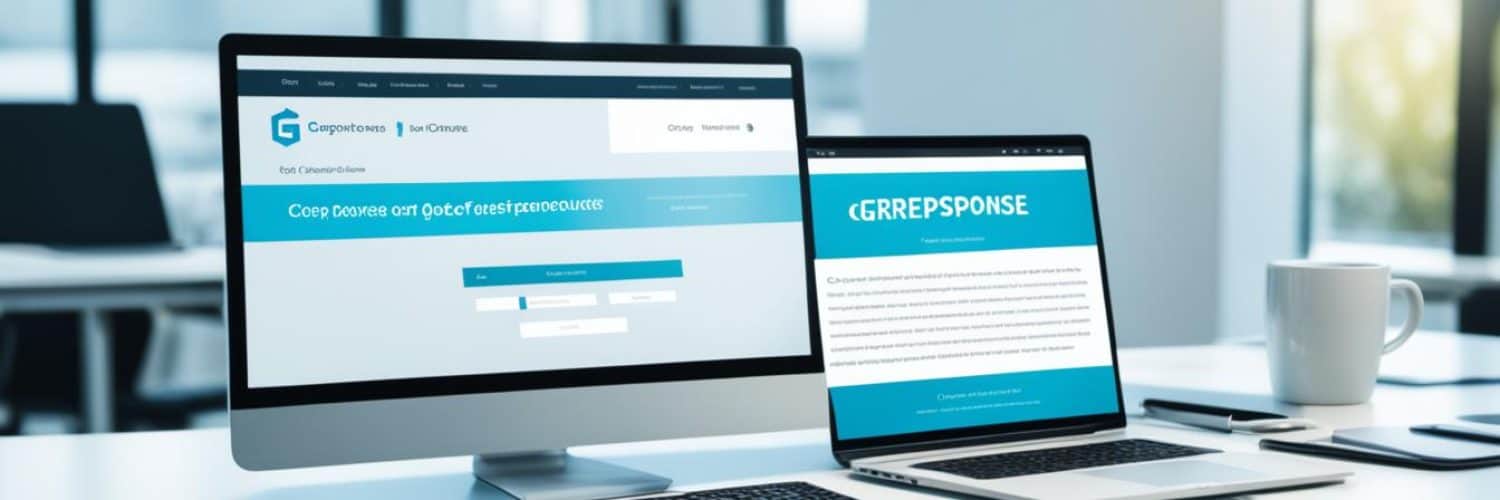








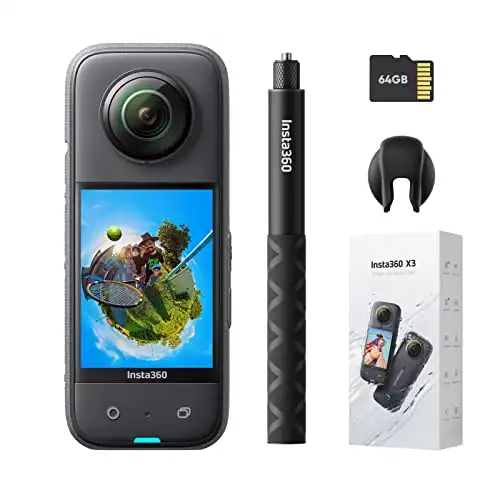
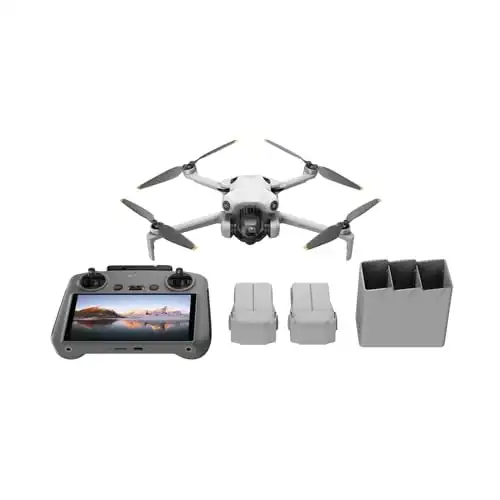
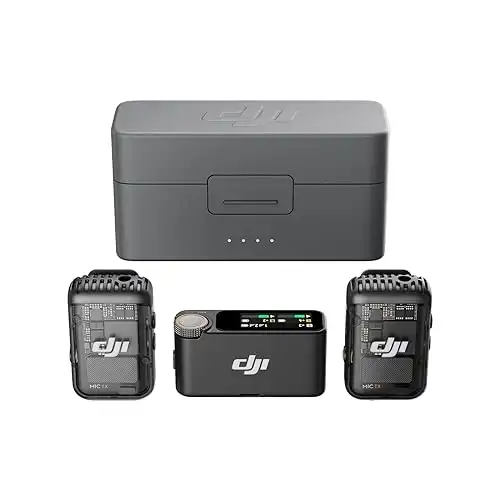
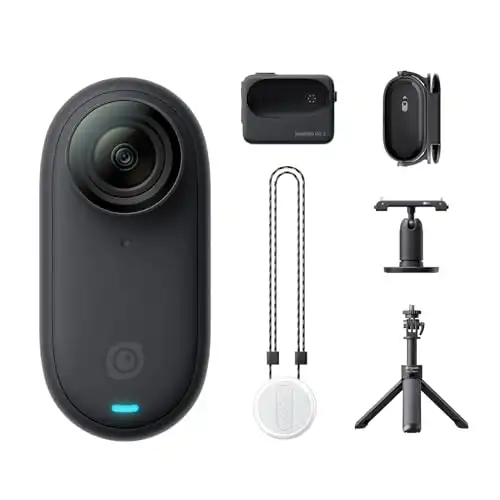

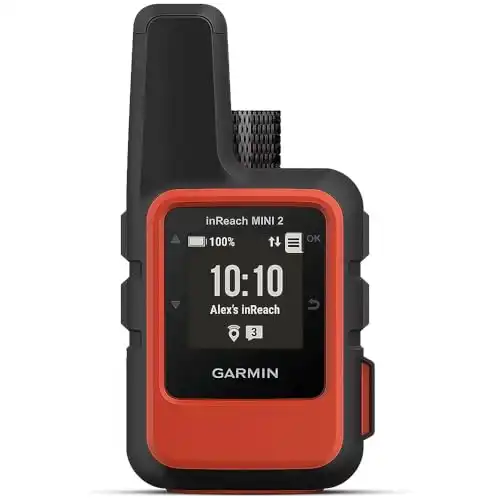



























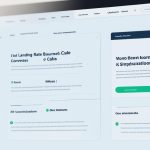
























Add comment